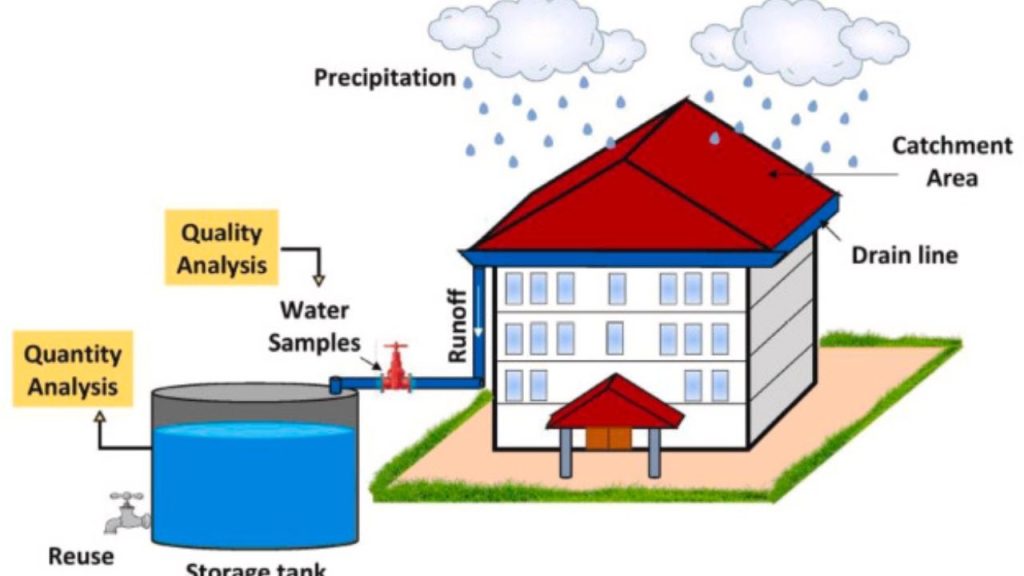CAMBRIDGE, Massachusetts – Researchers at the Massachusetts Institute of Technology have engineered a breakthrough power-free atmospheric water harvester capable of producing clean, safe drinking water directly from the air in even the most arid environments. The device, which uses only ambient sunlight as an energy source, represents a significant advance in the global effort to combat water scarcity.

MIT Just Ended Global Drought
| Key Feature | Details |
| Energy Source | Completely passive; requires only ambient sunlight. MIT News |
| Core Technology | Utilises highly porous materials known as metal-organic frameworks (MOFs) or advanced hydrogels. |
| Operating Conditions | Functions effectively in extremely low humidity, as low as 10-20%. |
| Current Status | Successful prototype and field testing stages completed; research is now focused on scalability and cost reduction. |
A Novel Approach to Water Generation
Scientists have long sought an efficient way to capture water from the atmosphere, but most existing methods require either high humidity levels or a significant energy input, making them impractical for the world’s driest regions. This new device, developed by a team at the Massachusetts Institute of Technology (MIT), overcomes both obstacles.
The system relies on a family of specialised materials called metal-organic frameworks (MOFs). These materials, first conceptualised by chemist Omar Yaghi at the University of California, Berkeley, possess an enormous internal surface area, allowing them to act like super-sponges for water molecules.

“This is a major breakthrough in the long-standing challenge of harvesting water from the air at low humidity,” said Professor Evelyn Wang, a lead researcher on the project at MIT, in a statement released by the university. “It allows us to provide water in some of the driest places on Earth.”
How the Power-Free Atmospheric Water Harvester Works
The device operates on a simple, passive cycle driven by natural temperature changes between day and night. Its design eliminates the need for pumps, compressors, or any external electrical power supply, distinguishing it from other atmospheric water generation technologies.
The Absorption-Desorption Cycle
At night, when temperatures are cooler and relative humidity is slightly higher, the porous MOF material naturally pulls water vapour from the surrounding air, trapping the molecules on its vast internal surfaces.
During the day, the device is exposed to sunlight. The heat from the sun warms the MOF material, causing it to release the trapped water as vapour. This vapour then condenses on a cooler collector plate within the device, dripping into a container as pure, drinkable water. The entire process then repeats automatically the following night.
Field Testing and Future Potential
Initial laboratory concepts have been validated through successful field tests. A prototype tested on a rooftop at Arizona State University demonstrated that the device could successfully produce water in an environment with humidity levels that sometimes dropped below 10 percent.
According to a paper published in the journal Joule, later iterations of the device have improved efficiency, capable of producing several litres of water per day for each kilogram of the absorbent material used. While this output is modest, its implications are significant.
“For communities in arid regions, or for humanitarian applications like disaster relief, a reliable, power-free source of clean water could be life-changing,” said Dr. Fankur Drennan, an environmental policy analyst not directly involved with the research. “The key challenges now are manufacturing these materials affordably and scaling the systems up.”
Challenges on the Path to Widespread Use
Despite its promise, researchers acknowledge that the technology faces hurdles before it can be widely deployed. The primary obstacles are the cost of the specialised MOF materials and the physical scale required to produce large quantities of water.
Current MIT research is focused on developing new materials that are cheaper to synthesise but just as effective. Scientists are also exploring system designs that could be modular, allowing multiple units to be linked together to meet the water demands of a small village or community.
The development of this power-free atmospheric water harvester does not signify an immediate end to global drought. However, it represents a pivotal scientific achievement that offers a new and hopeful tool for addressing one of humanity’s most pressing challenges: access to clean water.
UK Government Confirms £1,634 Annual Cost of Living Support for Households
FAQs
1. How does the device work without any electricity?
The device operates on a natural thermodynamic cycle. It uses the cool night air to absorb water vapour into a special material and the heat from the sun during the day to release that vapour, which then condenses into liquid water.
2. How much water can the device produce?
Current prototypes can produce several litres of water per day for every kilogram of absorbent material they contain. The exact amount depends on local conditions such as sunlight, temperature, and humidity.
3. Is this technology available for purchase now?
No, the device is still in the advanced research and development phase. While field tests have been successful, work remains to make the technology cost-effective and suitable for mass production.
4. What is a metal-organic framework (MOF)?
A metal-organic framework is a highly advanced, crystalline material with an exceptionally porous structure. This structure gives it an extremely large internal surface area, making it ideal for absorbing and holding specific molecules, like water.





